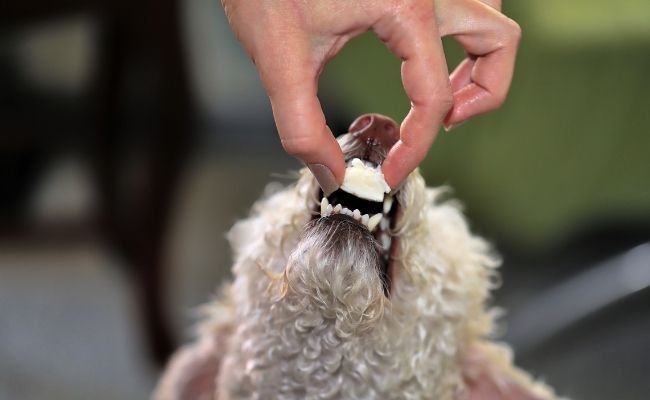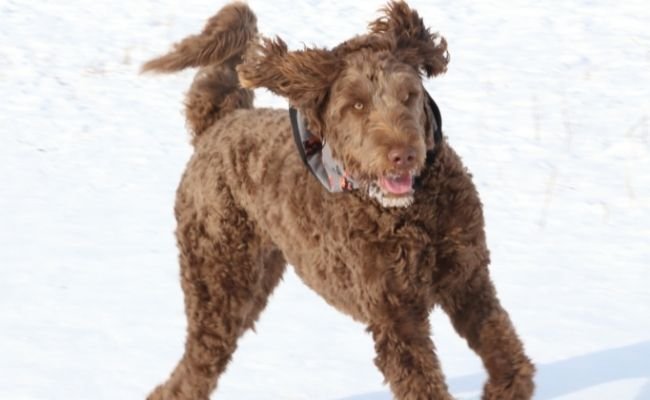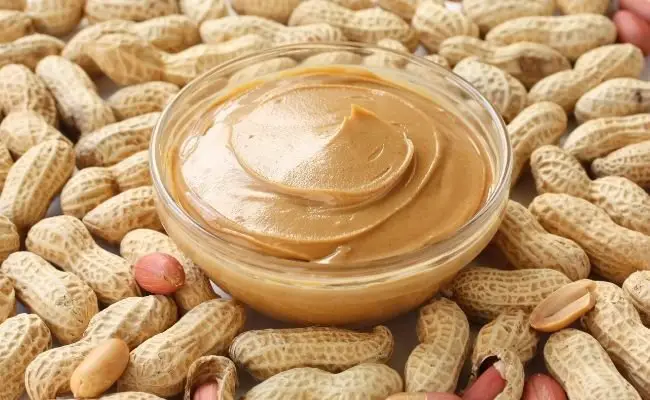How To Tell If Your Poodle Is Purebred (A Complete Guide)
While to many it doesn’t make much difference, a few potential Poodle owners aren’t willing to settle for dogs that are not purebred. Well, it makes sense considering that most designer dogs are quite unpredictable, especially in terms of temperament, health, and behavior. But is it possible for one to tell whether or not their Poodle is purebred?
When poodles are purebred, there are some key characteristics you will note about their appearance to indicate their breeding. These attributes are the most reliable for telling whether or not a Poodle is purebred.
Purebred Poodles? What It Means
Before we get down to the nitty-gritty of determining whether or not your Poodle is purebred, it is important to understand what ‘purebred’ signifies.
To be considered purebred, Poodles are bred from parents of the same breed, in order to retain their optimal traits, this means that purebred Poodles inherit their different coat colors and types, ear set variations, color variations, sizes, et cetera from one parent or the other.
This is why purebred Poodles are seen as more predictable in temperament, health, and behavior.
Also, other than the parents, what we would call “grandparents” should also be purebred Poodles. In other words, you should have a descent line of purebred poodles in order to determine that your Poodle is purebred.
Key Attributes For Purebred Poodles
Look out for certain characteristics if you want to know if your Poodle is purebred. While there are many other physical attributes to look for, these are the ones that will indicate its purity the most.
- Size
- Head and Expression
- Coat Texture and Color
- Hindquarters
- Forequarters
Standard Poodle Size

Even the giant dog breeds are born tiny. However, as the dog attains maturity, the height has to be within the standard range, and that’s one way of telling whether your canine is purebred, of course, if buying an adult Poodle.
Standard Poodles should have a shoulder height of more than 15 inches and weigh less than 70 lbs. Miniature poodles, on the other hand, should have a shoulder height of between 10 to 15 inches and weigh less than 50 lbs.
Toy Poodles are the smallest and should have a height of less than 10 inches and weigh less than 15 lbs.
However, one thing to keep in mind is that weight is there to help you in deciding on whether your Poodle is a healthy purebred and isn’t a primary standard. You can still get purebred poodles exceeding the mark and that doesn’t disqualify them from being Purebred.
Head and Expression
Another way to tell whether your Poodle is purebred is to look at its head and expression. The eyes of a purebred Poodle should be oval-shaped and very dark.
The ears should hang close to the cheeks, set at or slightly below eye level. The ear leather ought to be long and thick feathered while the ear fringe shouldn’t have excessive length.
The skull should also be something you note down. Standard Poodle’s head is well-proportioned and scull through to its muzzle ratio should measure 1:1.
This means that the length between the back of the skull and the tip of the nose should be equal. The muzzle, however, isn’t as long as other dogs and should be square and straight with no flaring. The teeth need to be strong and tight with a scissor-bite.
Coat Texture and Color
The other way to whether your Poodle is purebred or not in terms of its coat. A purebred Poodle, whether it’s a Standard, Miniature, or Toy Poodle should have a double coat that consists of a dense soft undercoat and a long straight harsh outer coat.
You can determine this by looking at the loin area which would have a very thick coat cover. If your Poodle’s coat is wavy or curly, that wouldn’t be considered as a purebred poodle.
The color of the coat would also be helpful in deciding if your Poodle is purebred or not – though this isn’t a primary indication of purity. They can have solid colors such as black, blue, gray, silver, cream, apricot, brown, and white, and they can be of a different shade.
Hindquarters
The hind legs of a Purebred Standard Poodle should have strong muscles and tendons and the back legs should be parallel to each other when viewed from the rear and with good bone substance. The hocks should be slightly bent and the hind feet should point forward when the dog is standing naturally.
The tail should also be set high and reach at least to the hock joint, if not higher. It should also have a curve up towards its body which becomes a hook in mature Standard Poodles.
However, there are no major disqualifications to the tail other than a straight tail which is not characteristic of a Poodle at all.
Forequarters
The chest should have a well-developed forechest and should be deep with a defined, round breastbone. The shoulders should be fairly sloping with good layback.
This means the shoulder blade should angle backward from its upper end to its lower end. This helps to ensure that the front legs are well underneath the body.
The withers should be prominent, and the feet should have strong pasterns with thick pads. The forelegs should also track slightly inward which is what you’ll observe in a Poodle’s gait.
Advantages of Purebred Poodles
Now that you can tell whether your Poodle is purebred or not, let’s focus on the advantages of owning a purebred Poodle. Some of them include;
More predictable:
Purebred poodles are known to be more predictable than other dogs because of their standard traits. The appearance, temperament, trainability, and other aspects most of the time are just as associated with the breed. That means by buying a purebred Poodle you are getting what you know!
Fewer Health Problems:
According to studies, purebred poodles are less likely to experience genetic health problems as opposed to mixed breeds. This is due to the fact that purebred poodles are bred by canine enthusiasts who want the best for their pets and breed them to meet standards.
Longer Lifespan:
Purebred poodles also live longer compared to mixed breeds. That’s considering that Poodles are generally healthier than some of the other dog breeds.
Approved for participating in dog competitions:

Purebred poodles are also allowed to participate in dog competitions. Therefore, if you intend to have your Poodle play a role in dog competitions, you have no option but to consider going for a purebred canine.
Cheap to Maintain:
Since purebred poodles are less susceptible to more serious health conditions you are likely to find in crossbreeds, they are cheaper to maintain.
Disadvantages of Purebred Poodles
Now, let’s focus on the disadvantages of owning a purebred poodle with some being;
Higher purchase price:
Since most dogs are bred by canine enthusiasts, these dogs have a higher purchase price compared to mixed breeds. However, this doesn’t necessarily mean that this type of dog is expensive in the long run.
Ability to inherit some undesirable conditions:
Although Poodles are great, we must come to terms that they still have some undesirable conditions that parents can pass down to the offspring. Some of them include breathing problems, hip dysplasia, eye conditions, and skin conditions.
Where Can You Get A Purebred Poodle?
Next is to examine where you can find purebred poodles. Some of the places where you may be able to get your hands on one include;
Shelters:
The first place where you can find a purebred poodle is from a shelter. Although you won’t be able to know the parents, it’s still great if you’re looking for an inexpensive and easy way to get your hands on a Poodle.
The next time you’re looking for a purebred canine, consider going to a shelter and giving one of these abandoned dogs a chance!
Professional Breeders:
Next on where you can find purebred poodles is from breeders. These are professional dog enthusiasts who breed Poodles in order to meet standards and sell them at a higher price. This is one of the longest processes that you can go for but it’s worth it if you’re looking for an expensive Poodle.
Backyard Breeders:
While not many will borrow the idea, backyard breeders are also a potential source of purebred poodles. These breeders are composed of people who want to make some money off their purebreds and sell them at a higher price.
Puppy Mills:
Last but not least on where you can get a purebred Poodle is puppy mills. These are out of standards dog enthusiasts who breed puppies with low-quality traits and sell them at a very high price. If you’re looking for an expensive yet poorly bred Poodle, this is your place!
Final Verdict:
As seen, it’s possible to tell if your Poodle is purebred or not by considering a few key characteristics. Purebred Poodles come with lots of benefits and offer assurance that mixed breeds may not. However, that doesn’t mean they don’t have any drawbacks. Keep in mind that each being has it’s own downsides!







